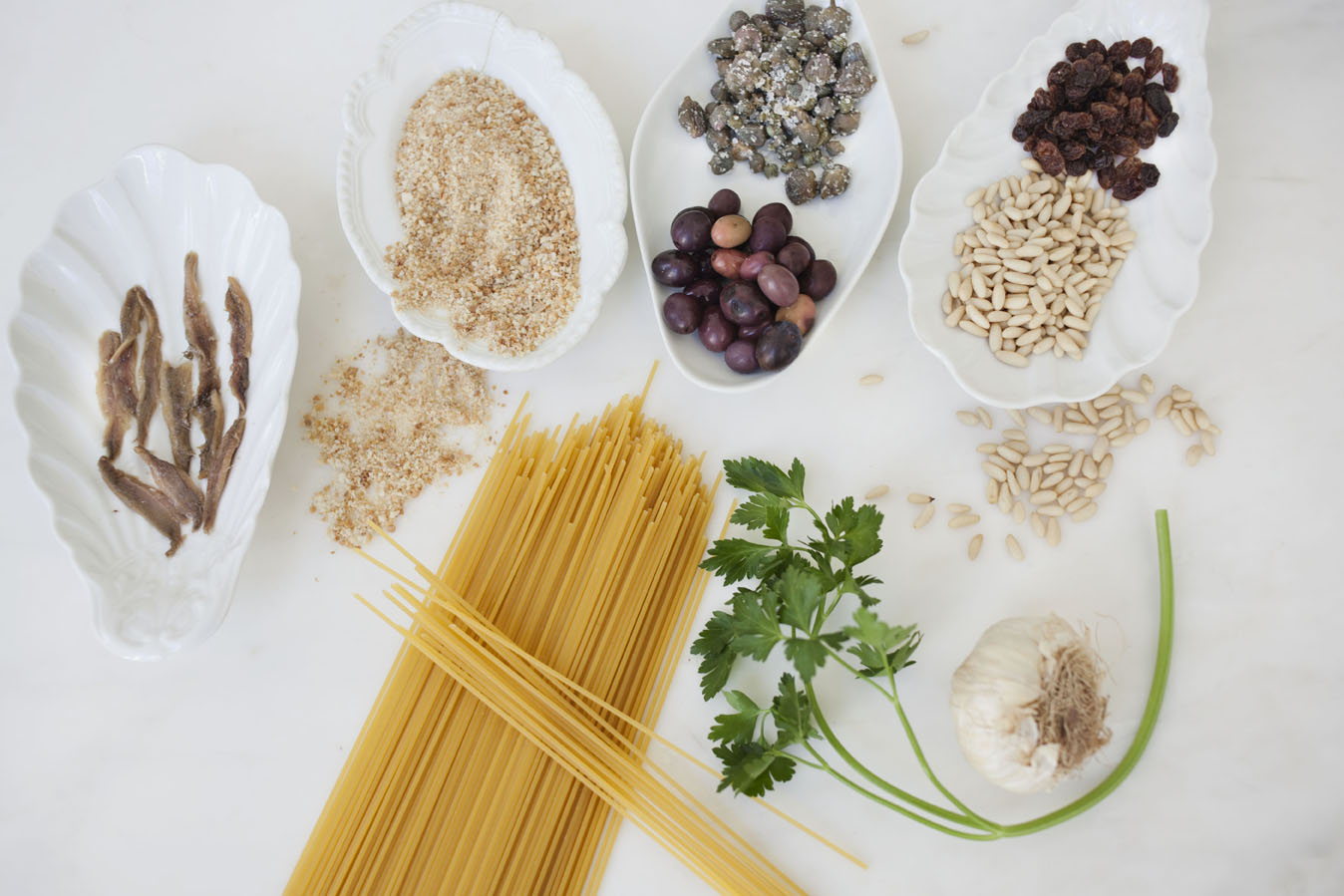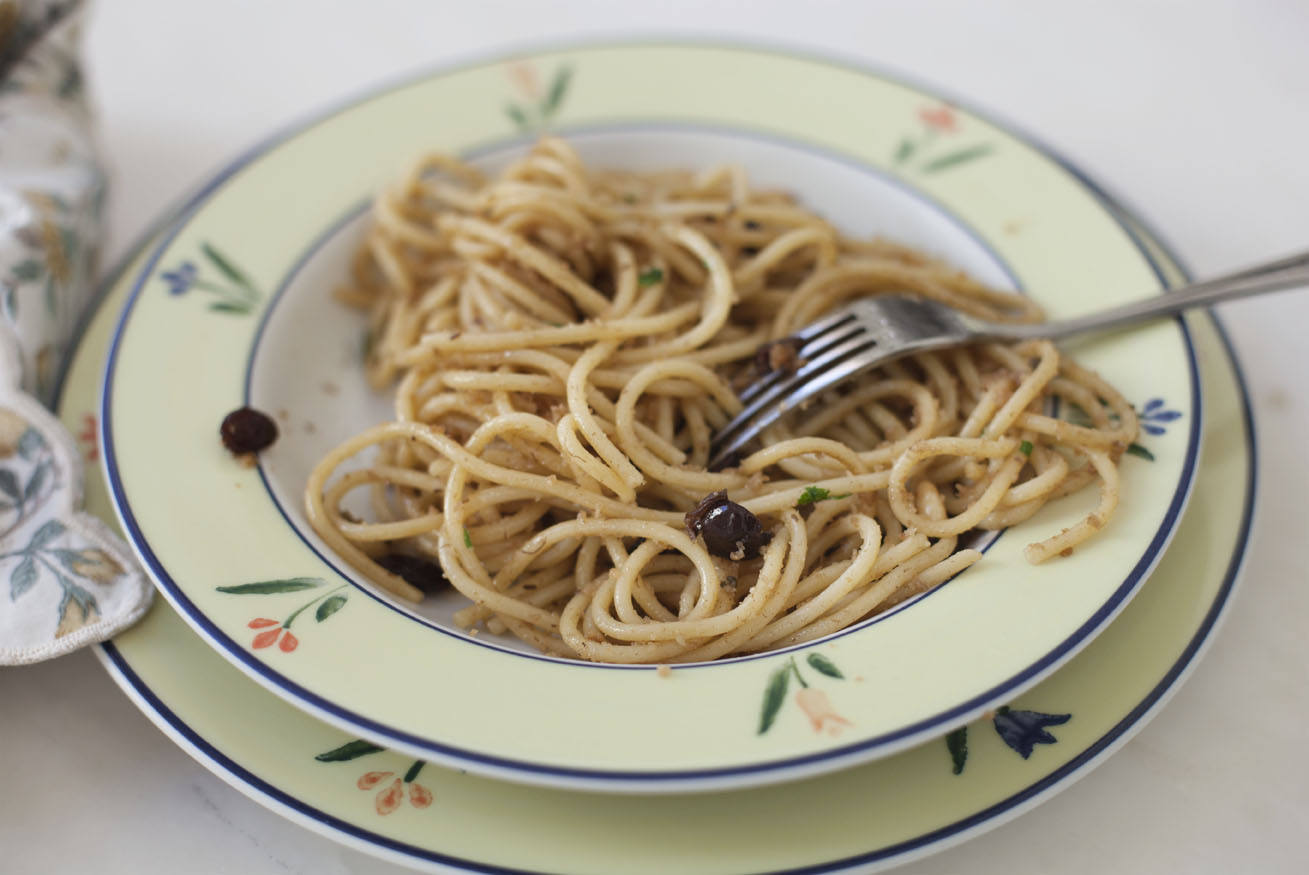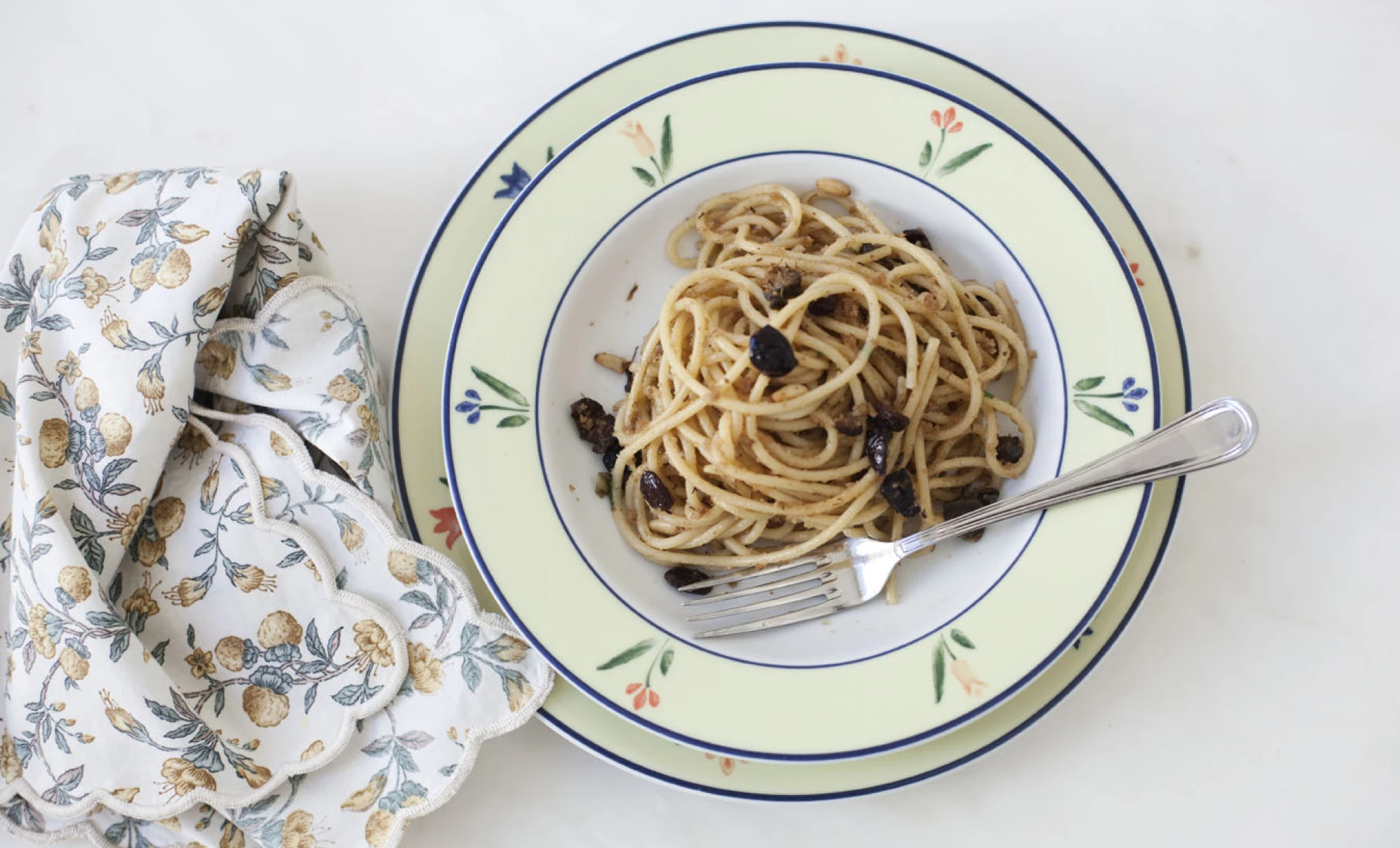The days preceding Easter are called “light”. According to the religious tradition, meals are humble, both in portions and in ingredients, waiting for the Resurrection.
The Scammaro is a typical dish of Neapolitan cuisine, born precisely with these characteristics and today almost completely forgotten. What a pity! Because humble doesn't mean less tasty. On the other hand, much of Italian popular cuisine has its roots in peasant traditions.
The ingredients | Ph. Machi di Pace

First of all the name: Scammaro. It derives from a linguistic distortion of the Neapolitan dialect. During the period of Lent, in fact, in the monasteries only to the friars who were not wellit were allowed to eat meat. A concession granted in “secret”, since these monks had to eat the meal inside their cells (cammere, in Neapolitan) to respect the brothers who continued to eat “light”.
“Cammera and scammera: fatty and light; cammerià, to eat fatty because the monks, when due to infirmity were exempt from eating light in the required days, ate alone in their room”.Vittorio Imbriani
The term cammerare thus became synonymous with “eating meat”, therefore “fatty”. The opposite of scammerare, which was the dietary regime followed by healthy monks who were able to observe Lenten penance. The scammaro thus becomes the dish of an inner journey towards Holy Easter.
Ph. Machi di Pace

The ingredients are really basic: spaghetti are seasoned with black olives, capers, extra virgin olive oil, salted anchovies and parsley. You can then add grated pecorino cheese or stale bread, also grated. Ten minutes, that is the time to cook spaghetti, and you will have prepared an intense, savory and satisfying dish, to be enjoyed on Good Friday, following the tradition.
And since the food is never thrown away, if there is a bit of scammaro left over, it can be reused to cook excellent timbale and tasty omelettes, to eat maybe during the Easter Monday picnic.

